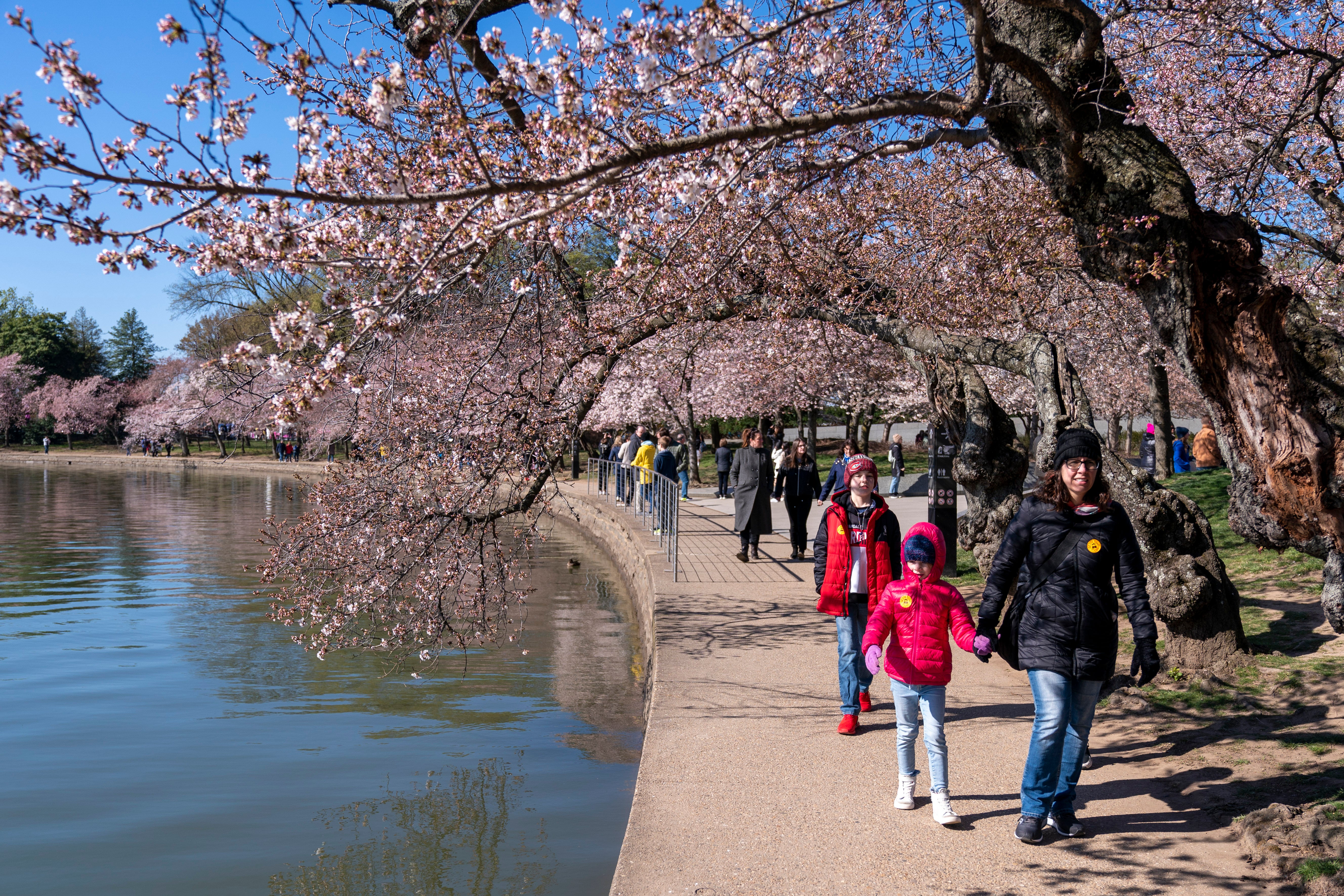It’s the first day of spring: Here’s what that really means
Spring has sprung: Monday marks the first day of spring in the Northern Hemisphere

Your support helps us to tell the story
From reproductive rights to climate change to Big Tech, The Independent is on the ground when the story is developing. Whether it's investigating the financials of Elon Musk's pro-Trump PAC or producing our latest documentary, 'The A Word', which shines a light on the American women fighting for reproductive rights, we know how important it is to parse out the facts from the messaging.
At such a critical moment in US history, we need reporters on the ground. Your donation allows us to keep sending journalists to speak to both sides of the story.
The Independent is trusted by Americans across the entire political spectrum. And unlike many other quality news outlets, we choose not to lock Americans out of our reporting and analysis with paywalls. We believe quality journalism should be available to everyone, paid for by those who can afford it.
Your support makes all the difference.Spring has sprung!
Monday marked the spring equinox — at least for those in the Northern Hemisphere.
But what does that actually mean?
What is the spring equinox?
As the Earth travels around the sun, it does so at an angle.
For most of the year, the Earth’s axis is tilted either toward or away from the sun. That means the sun’s warmth and light fall unequally on the northern and southern halves of the planet.
During the equinox, the Earth’s axis and its orbit line up so that both hemispheres get an equal amount of sunlight.
The word equinox comes from two Latin words meaning equal and night. That’s because on the equinox, day and night last almost the same amount of time — though one may get a few extra minutes, depending on where you are on the planet.
The spring — or vernal — equinox can land on March 19, 20, or 21, depending on the year. This year it landed on Monday at 5:24 p.m. Eastern time.
Why are there two kinds of springs?
There are two different ways to carve up the year: Meteorological and astronomical seasons.
Meteorological seasons are defined by the weather. They break down the year into three-month seasons based on annual temperature cycles.
By that calendar, spring already started on March 1, and will run until May 31.
But astronomical seasons depend on how the Earth moves around the sun.
Equinoxes, when the sun lands equally on both hemispheres, mark the start of spring and autumn. Solstices, when the Earth sees its strongest tilt toward or away from the sun, kick off summer and winter.
What to expect now that spring is here?
For those north of the equator, the start of spring means daylight will start to stretch longer— with earlier sunrises and later sunsets — until the summer solstice in June. The new season signals warmer weather, budding plants and migrating animals.
The Southern Hemisphere will see the opposite: Days will get shorter as this half of the planet heads out of summer and into autumn.
According to the US government's national outlook for the season, this spring is expected to bring wet weather that will continue to ease drought conditions in the western parts of the country. Melting snowpack may also bring flood risks in the Midwest.
Much of the southern and eastern US may see warmer than usual temperatures this spring, while parts of the Great Basin and northern Plains will likely be chillier than average.